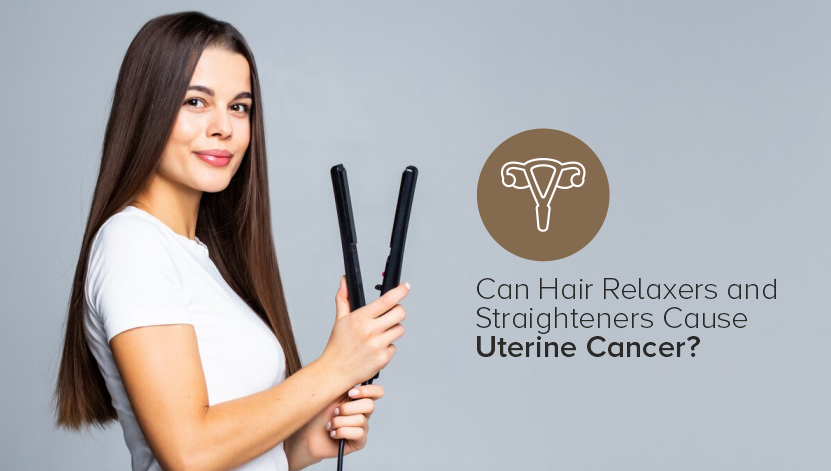In the pursuit of beauty and self-expression, we often subject ourselves to a myriad of cosmetic products without a second thought, believing that safety standards are diligently kept. However, recent studies and health disclosures have cast shadows of doubt on the safety of common hair relaxers and straighteners. Could these seemingly harmless beauty aids be concealing a significant health hazard, particularly, a potential link to uterine cancer?
